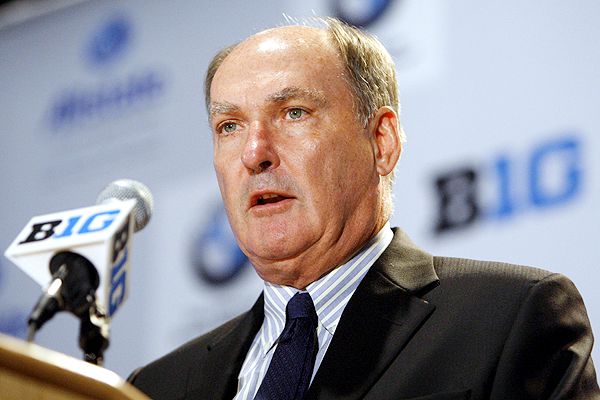The NCAA is Changing — With or Without a Division IV
Posted by Chris Johnson (@chrisdjohnsonn) on November 4th, 2013Division I college athletics are entering a period of change. Anyone who pays attention knows this to be true. And those who don’t, well, surprise! Acknowledging the prospect of change is one thing; knowing exactly how the NCAA will change is entirely another. As recently as this summer, conference commissioners hinted at the possibility of the formation of a new NCAA subdivision. It was to be called Division IV, reports suggested, and it would be created with the express purpose of allowing wealthier schools with more resources to operate under a different set of rules. The idea that all of Division I – whose institutions range from penny-pinching programs like Grambling State to, um, Texas — should be forced to abide by the same rules always seemed silly. Conference commissioners were simply airing the obvious truth that’s been kept below the surface over years of clunky, uneven, inefficient NCAA governance.

Momentum behind the Division IV concept seems to have subsided. The possibility the NCAA will change remains high. (AP)
The big boys wanted their own sandbox to play in, somewhere the little guys couldn’t impede the passage of important measures such as cost-of-attendance stipends or unlimited training table meals. They wanted to be able to make decisions about rules and regulations without having to worry about smaller schools with comparatively microscopic budgets – including one so far removed from the major conference realm it asks its students to fork up extra money to help allay the “financial emergency” within its athletic department – getting in the way. All of this made sense. A new subdivision of college athletics was coming, and we were all going to need to learn how to live with it. Read the rest of this entry »










































